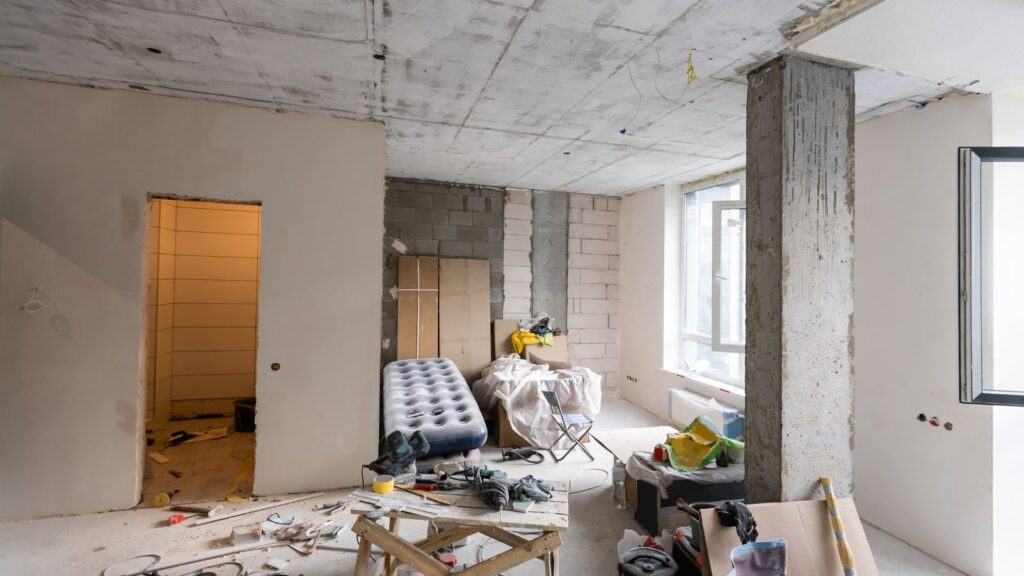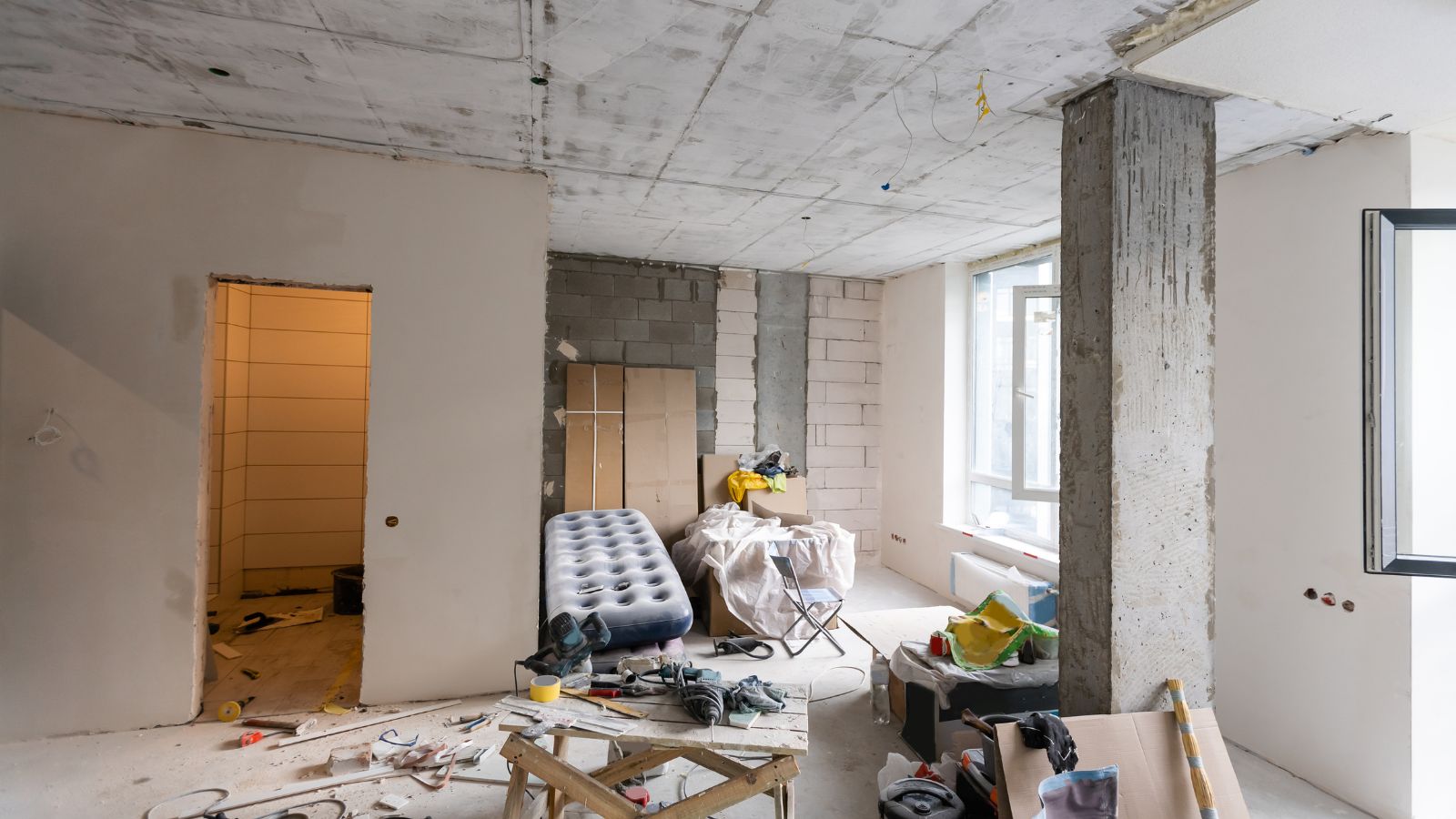For home sellers, renovations are a powerful tool to enhance property appeal and maximize resale value. The right upgrades can make your home stand out in a crowded market, attract serious buyers, and lead to higher offers. However, not all renovations provide the same return on investment, and some may not align with buyer expectations. By focusing on strategic improvements that balance cost, functionality, and aesthetic appeal, you can position your home to sell quickly and profitably. Careful planning ensures every dollar you spend works toward achieving your selling goals.

Prioritizing Renovations That Attract Buyers
When preparing your home for sale, it’s essential to prioritize renovations that resonate with the majority of buyers. Kitchens and bathrooms are widely regarded as deal-makers in real estate, making them ideal candidates for upgrades. A minor kitchen remodel—such as replacing countertops, updating cabinet hardware, and installing energy-efficient appliances—can dramatically transform the space without exceeding your budget. Bathrooms benefit from similar updates, like new vanities, modern fixtures, or reglazing bathtubs for a fresh, clean look. These areas are high-traffic zones that buyers scrutinize, so ensuring they feel modern and functional is critical.
Exterior enhancements should not be overlooked, as curb appeal sets the stage for buyer impressions. Simple projects such as repainting the front door, power washing siding, or adding tasteful landscaping can significantly elevate your home’s exterior. First impressions often dictate how buyers perceive the rest of the property, and attention to these details can make a lasting impact.
It’s also important to consider updates that are consistent with neighborhood trends. Over-customizing your home may limit its appeal to a broader audience. By focusing on universally appealing upgrades that align with your area’s norms, you can strike the right balance between personal touches and marketability, making your property more attractive to prospective buyers.
Maximizing Value with Budget-Friendly Updates
Not all valuable home renovations require a large investment. Many cost-effective upgrades can deliver a high return by improving the property’s overall condition and appeal. Start with maintenance tasks, as buyers prioritize homes that appear well cared for. Fixing leaky faucets, patching drywall, and addressing creaky floors or loose door handles can prevent buyers from wondering about hidden problems. A home in good repair reassures buyers that it has been responsibly maintained.
Cosmetic updates are another affordable way to refresh your home. Repainting walls with neutral tones, swapping out outdated light fixtures, and adding new hardware to cabinets or doors can breathe new life into tired spaces. These small changes are inexpensive but create a polished, cohesive look that resonates with buyers. Similarly, refinishing hardwood floors or steam-cleaning carpets can give your home a cleaner, newer feel.
Consider staging to further enhance your home’s appeal. Decluttering, rearranging furniture to highlight space, and adding stylish but neutral décor can help buyers visualize themselves living in the property. Professional photography to showcase these updates can also be a worthwhile investment. It ensures your listing makes a strong impression online, where most buyers start their search. Combining affordable updates with thoughtful presentation maximizes your home’s value without overextending your budget.
Avoiding Over-Customization When Renovating
While home improvements can increase market value, over-customizing can have the opposite effect. Highly personalized renovations, such as bold paint colors, elaborate built-ins, or niche upgrades, may not appeal to the broader buyer pool. Buyers want to envision themselves in the space, and overly unique features may make that connection difficult. Neutral, universally appealing updates ensure your home speaks to a wide audience.
Understanding your market is key. If comparable homes in your neighborhood feature quartz countertops and hardwood floors, aligning with these standards can help your property compete. However, investing in upgrades that far exceed the local norm—such as luxury finishes in a mid-range market—may not yield the desired return. Research comparable properties or consult a real estate professional to gauge the appropriate level of renovation for your area.
Another common pitfall is investing in major projects that will not recover their costs. High-end additions like pools, wine cellars, or home theaters may not resonate with all buyers and can make your property harder to sell. Focus on cost-effective improvements that align with buyer preferences and ensure every renovation adds to your home’s appeal and value without alienating potential buyers.
Costs and Accessibility
While the benefits of home automation are enticing, the financial investment required is a key consideration. The cost of devices can vary widely, with advanced systems like whole-home integration or smart appliances being particularly expensive. Additionally, some systems require professional installation, adding to the upfront expenses.
Ongoing costs must also be accounted for. Subscription fees for cloud-based services, maintenance, and occasional device replacements can add up over time. For instance, a smart surveillance system may charge monthly fees for video storage, while a voice assistant might require premium subscriptions for additional features. These costs can make home automation less accessible for those on tight budgets.
Accessibility challenges go beyond finances. While younger, tech-savvy homeowners may find it easy to adopt these systems, older adults or individuals unfamiliar with technology might struggle. Complex interfaces and the need to learn how to manage various apps or devices can make automation daunting for some users. Addressing these barriers often requires choosing user-friendly systems and ensuring adequate support for setup and troubleshooting.
To mitigate costs, many homeowners start small, gradually expanding their systems as they become familiar with the technology. This approach allows for a more budget-friendly entry point while still enjoying the benefits of automation. By carefully assessing priorities and focusing on essential devices, it’s possible to achieve a balance between costs and convenience.
The Role of Curb Appeal in Selling Your Home
Curb appeal is one of the most critical factors in attracting buyers. A well-maintained exterior creates a positive first impression and influences the overall showing experience. Simple, cost-effective upgrades can significantly boost your home’s attractiveness to buyers.
Start with landscaping. Trimming overgrown bushes, planting fresh flowers, and adding a layer of mulch can instantly refresh your yard. Repairing cracked walkways, cleaning gutters, and painting fences or railings contribute to a polished look. A tidy, inviting exterior signals to buyers that the home is cared for and worth exploring further.
Enhancing your entryway is another powerful strategy. A freshly painted front door, updated house numbers, and a new doormat create a welcoming focal point. Adding potted plants or outdoor lighting along pathways can also make your home feel more inviting, especially during evening showings.
Exterior maintenance should not be overlooked. Power washing siding, cleaning windows, and repairing any visible damage to the roof or exterior walls can ensure buyers see your property in its best light. These straightforward tasks enhance your home’s appearance and signal that it has been properly maintained. Strong curb appeal not only draws buyers in but also increases the perceived value of the property, making it a critical component of your selling strategy.
The Impact of Energy-Efficient Upgrades
Incorporating energy-efficient upgrades is an increasingly attractive feature for home buyers and can enhance your property’s market value. Buyers are drawn to homes that promise lower utility costs and align with environmentally conscious living. Simple, cost-effective updates, such as installing LED lighting or programmable thermostats, are small investments that signal modernity and efficiency. These features stand out in listing descriptions and during showings, making your home more appealing to eco-minded buyers.
Replacing old windows with energy-efficient models is a more significant upgrade but offers substantial benefits. Double- or triple-pane windows reduce energy loss, improve comfort, and often come with tax incentives or rebates that offset the initial cost. Similarly, adding extra insulation to attics or walls can improve the home’s energy performance, appealing to buyers seeking sustainable living spaces.
Upgrading major systems, such as HVAC units, can also make a strong impression. Modern, energy-efficient furnaces or air conditioners not only promise lower monthly costs but also reassure buyers about the home’s overall condition. Installing Energy Star-rated appliances in the kitchen and laundry areas can further demonstrate a commitment to efficiency. Buyers appreciate turnkey homes, and these updates allow them to move in without concerns about energy-related expenses.
Solar panels are another feature gaining popularity. While the cost can be significant, homes with owned solar systems often sell faster and for more money. However, it’s important to consider your market—buyers in some regions may not place as much value on solar energy.
Ultimately, energy-efficient upgrades position your home as a modern, forward-thinking property. They can help you stand out in competitive markets and may even lead to faster sales or higher offers. By demonstrating value through energy savings, you make your home more desirable to today’s discerning buyers.
Conclusion
When selling your home, carefully planned renovations can make all the difference in attracting buyers and maximizing your sale price. By focusing on high-impact areas like kitchens, bathrooms, and curb appeal while balancing cost-effective updates with market trends, you can present your home in its best light. Thoughtful improvements, from energy-efficient upgrades to strategic staging, not only increase buyer interest but also help your property stand out in a competitive market. If you’re ready to discuss how to prepare your home for a successful sale, reach out today to start the conversation. Together, we can identify the right strategies to showcase your property and achieve your selling goals.





